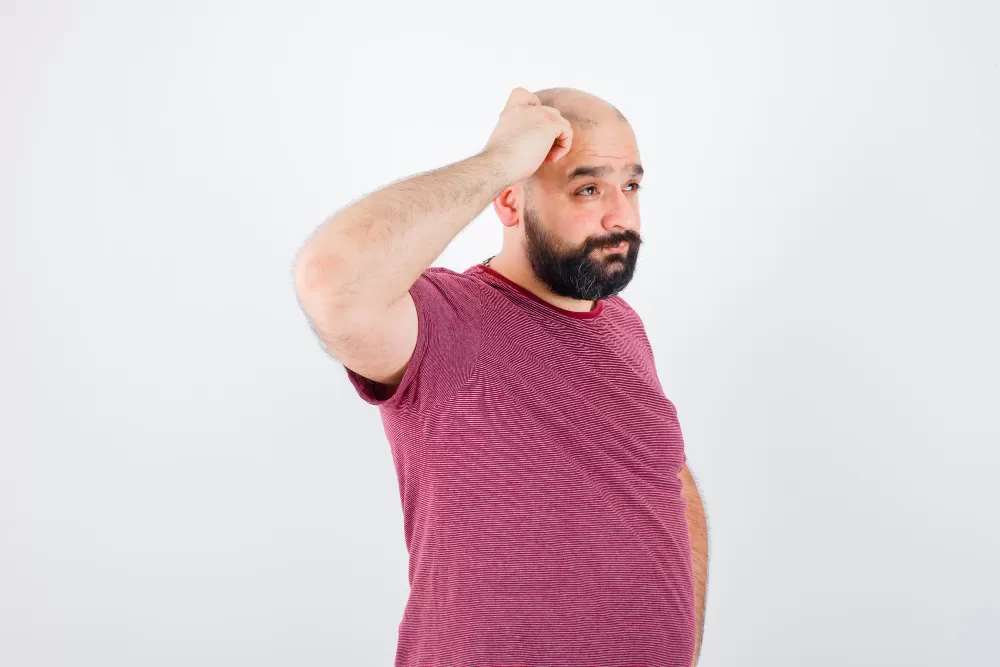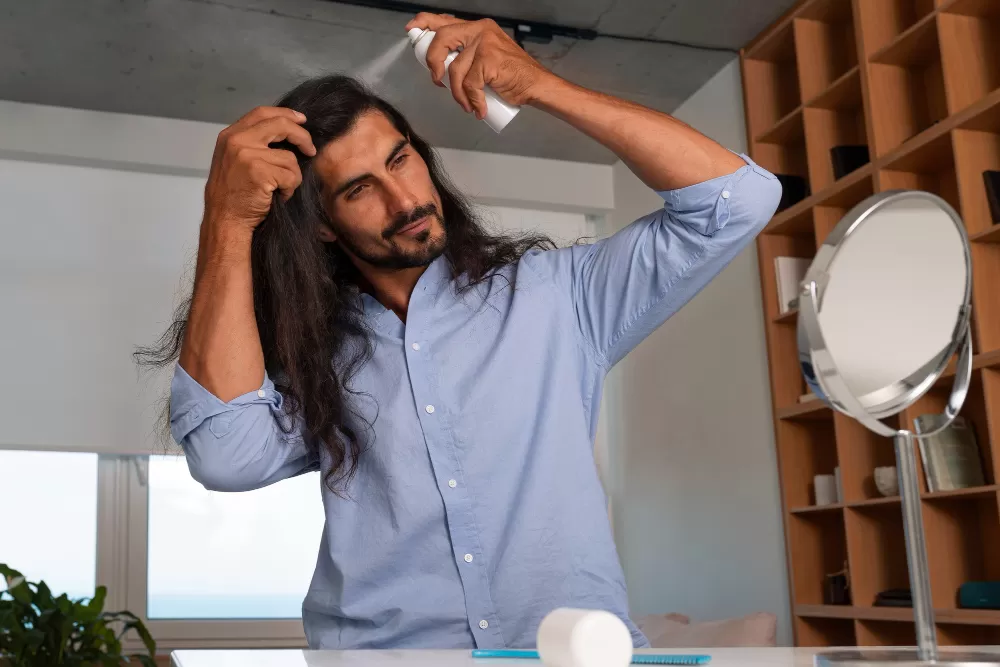How to Protect Your Hair from the Sun After a Hair Transplant
A hair transplant is an important medical and aesthetic procedure, and the aftercare phase directly affects the success of the operation. One of the most crucial aspects of post-transplant care is protection from sunlight. During the early healing period, direct sun exposure can harm both the newly implanted grafts and the scalp tissue.
Can Sunlight Damage Transplanted Hair Follicles?
Yes. Direct and prolonged exposure to sunlight can negatively impact the survival of new grafts. The ultraviolet (UV) rays emitted by the sun can irritate the skin, cause inflammation, and delay healing. In some cases, it may even lead to permanent redness or discoloration in the transplanted area.
Right after the operation, the scalp is very sensitive and not yet fully healed. This makes it especially vulnerable to sunburn and heat damage, particularly during the summer months.
When Is It Safe to Go Out in the Sun After a Hair Transplant?
Generally, patients should avoid direct sunlight for at least the first two weeks after the procedure. This period allows the grafts to firmly attach to the scalp and the skin to recover.
Here’s a general timeline to follow:
- First 7 days: Avoid any direct sun exposure completely. The scalp is highly sensitive and prone to irritation.
- Days 7–14: If you must go outside, wear a soft, loose-fitting hat that doesn’t touch the grafted area.
- After 2 weeks: Short and indirect exposure is usually safe, but long exposure should still be avoided.
- After 1 month: The scalp is mostly healed, but continued protection is advised, especially during strong sunlight hours.
Ways to Protect Your Scalp from the Sun After Hair Transplant
Below are several effective methods to minimize sun exposure and protect your transplanted hair:
1. Wear a Hat
If you need to go outdoors, wear a light, breathable, and loose hat that doesn’t rub against the transplanted area.
Avoid tight caps or hard fabrics during the first few days, as they can dislodge the grafts or cause irritation.
2. Use Sunscreen (After 2 Weeks)
Do not apply sunscreen directly on the scalp for the first 10–15 days after surgery. Once your doctor approves, use a high-SPF (50+) sunscreen that’s gentle and non-irritating.
Apply it carefully without putting too much pressure on the scalp.
3. Stay in the Shade
When going outside, try to remain in shaded areas and avoid direct sunlight.
Between 11 a.m. and 4 p.m., when UV rays are strongest, minimize outdoor activity as much as possible.
4. Postpone Beach or Pool Plans
Avoid swimming in the sea or pool, sunbathing, or using tanning beds for at least one month after your hair transplant. Salt, chlorine, and intense UV rays can all irritate the scalp and damage healing grafts.
What Happens If You Don’t Protect Your Scalp from the Sun?
Neglecting sun protection after a hair transplant can lead to several problems:
- Redness, irritation, or swelling on the scalp
- Weakened or lost grafts
- Prolonged healing time
- Uneven skin tone or pigmentation
- Scarring or less natural-looking results
Simply put, sun exposure can reduce the overall success of your transplant.
Conclusion: Sun Protection Is Key to a Successful Hair Transplant
Protecting your scalp from sunlight after a hair transplant is not just cosmetic—it’s essential for long-term results. By following your doctor’s recommendations and taking simple precautions during the early weeks, you can ensure that your transplanted follicles heal properly and grow strong.
Remember: Proper sun protection means stronger, healthier, and more natural hair growth.





No comments yet. Be the first to comment!